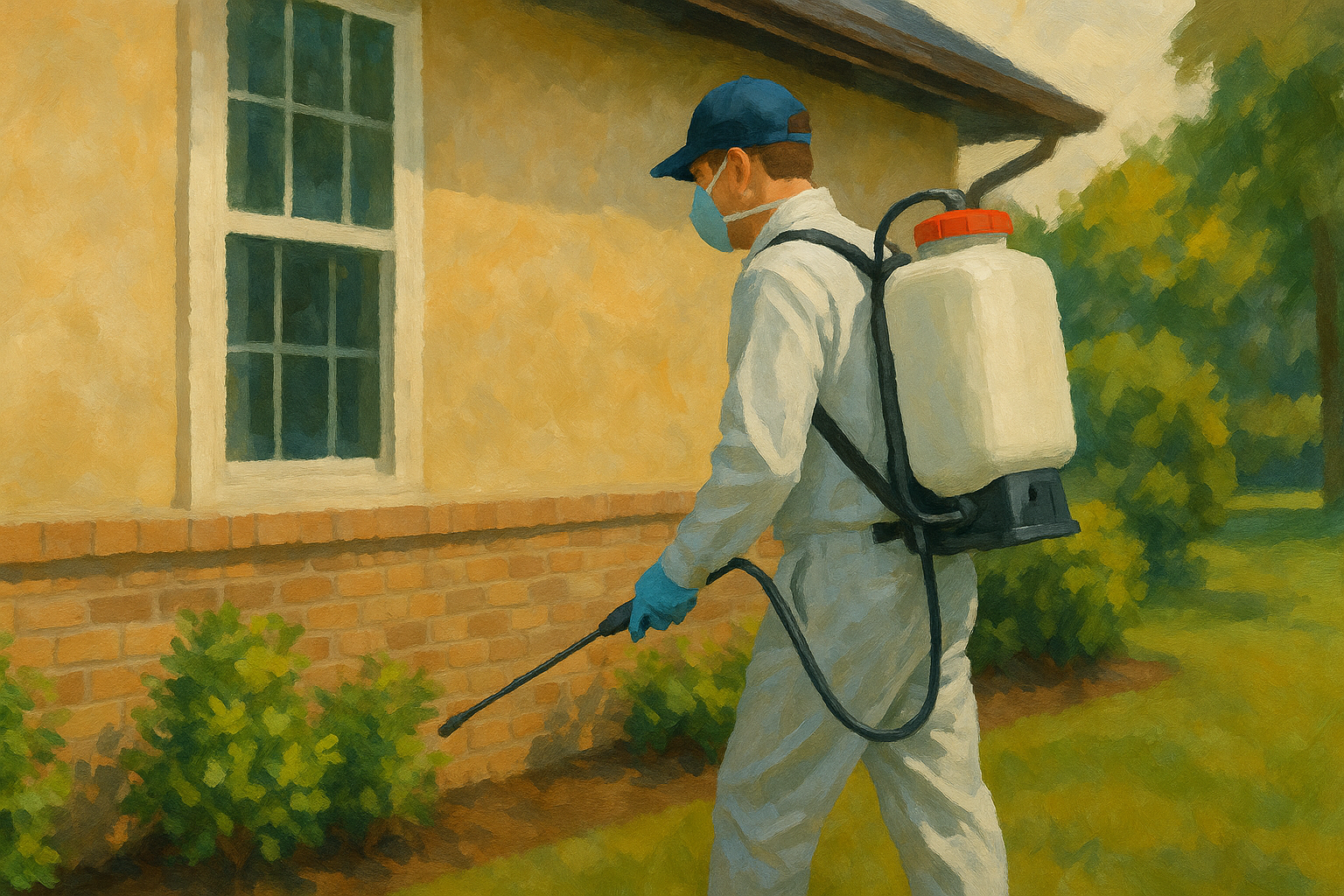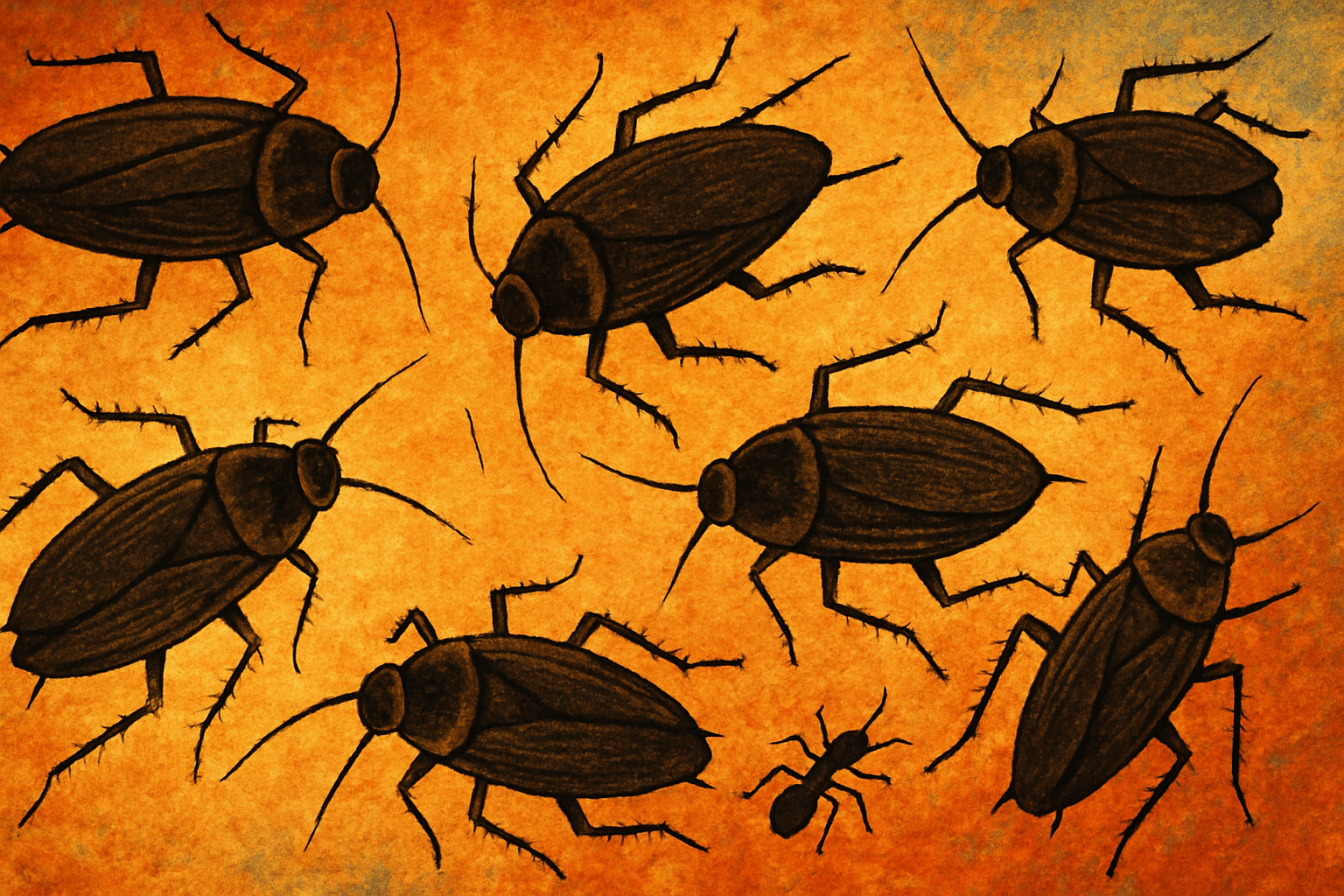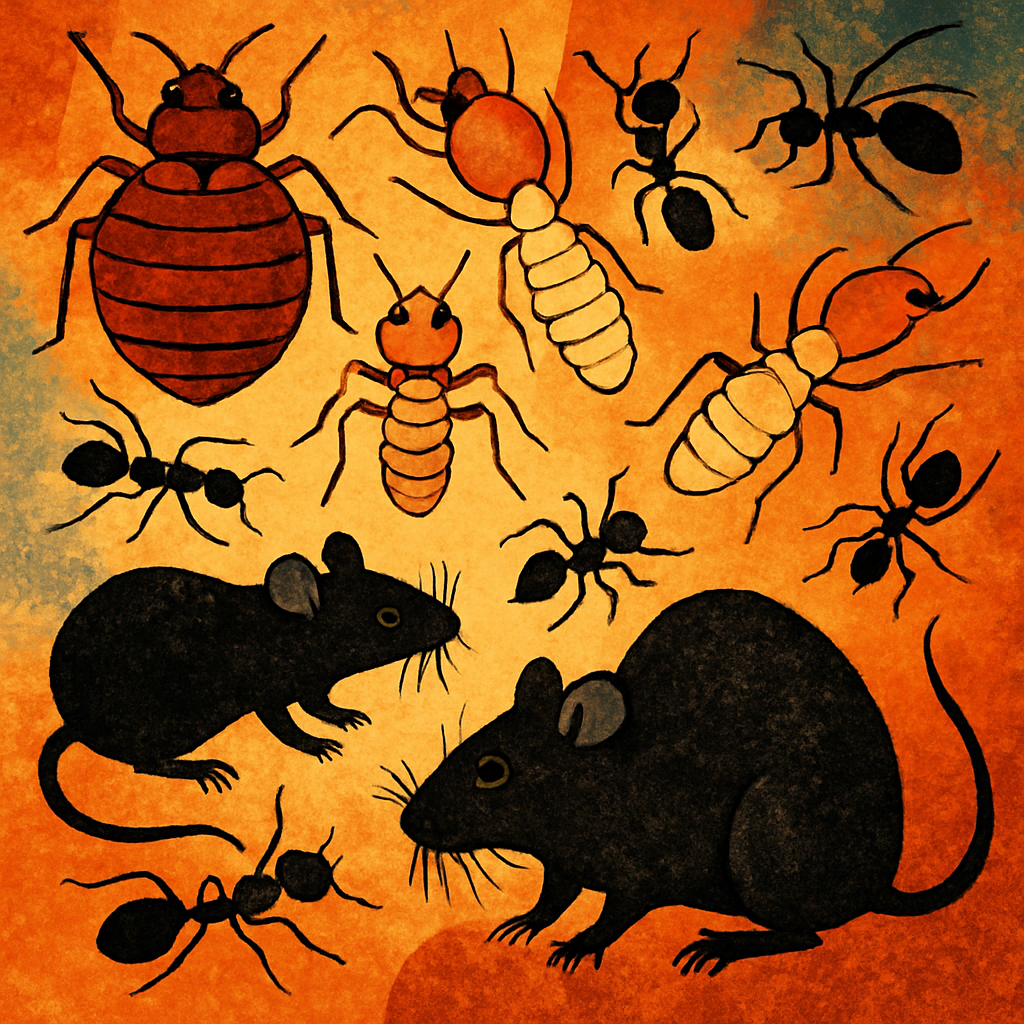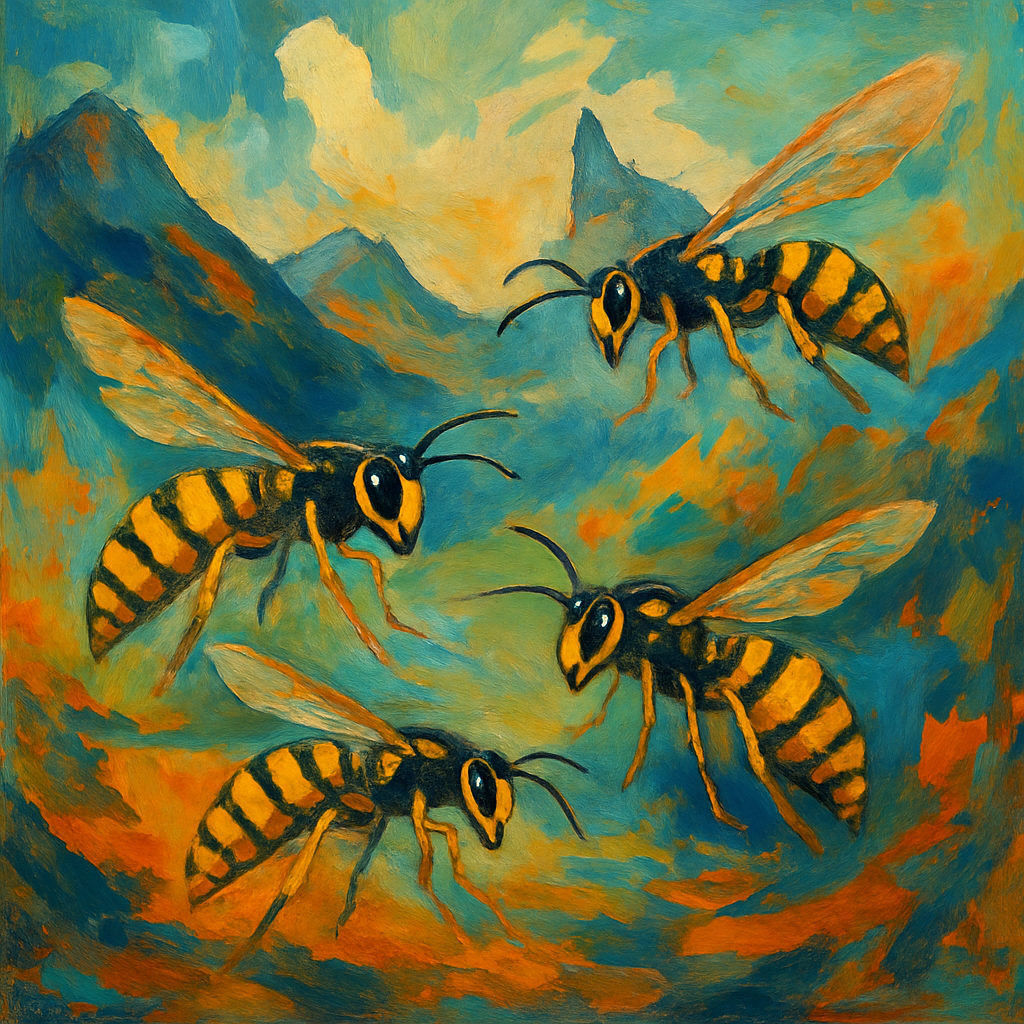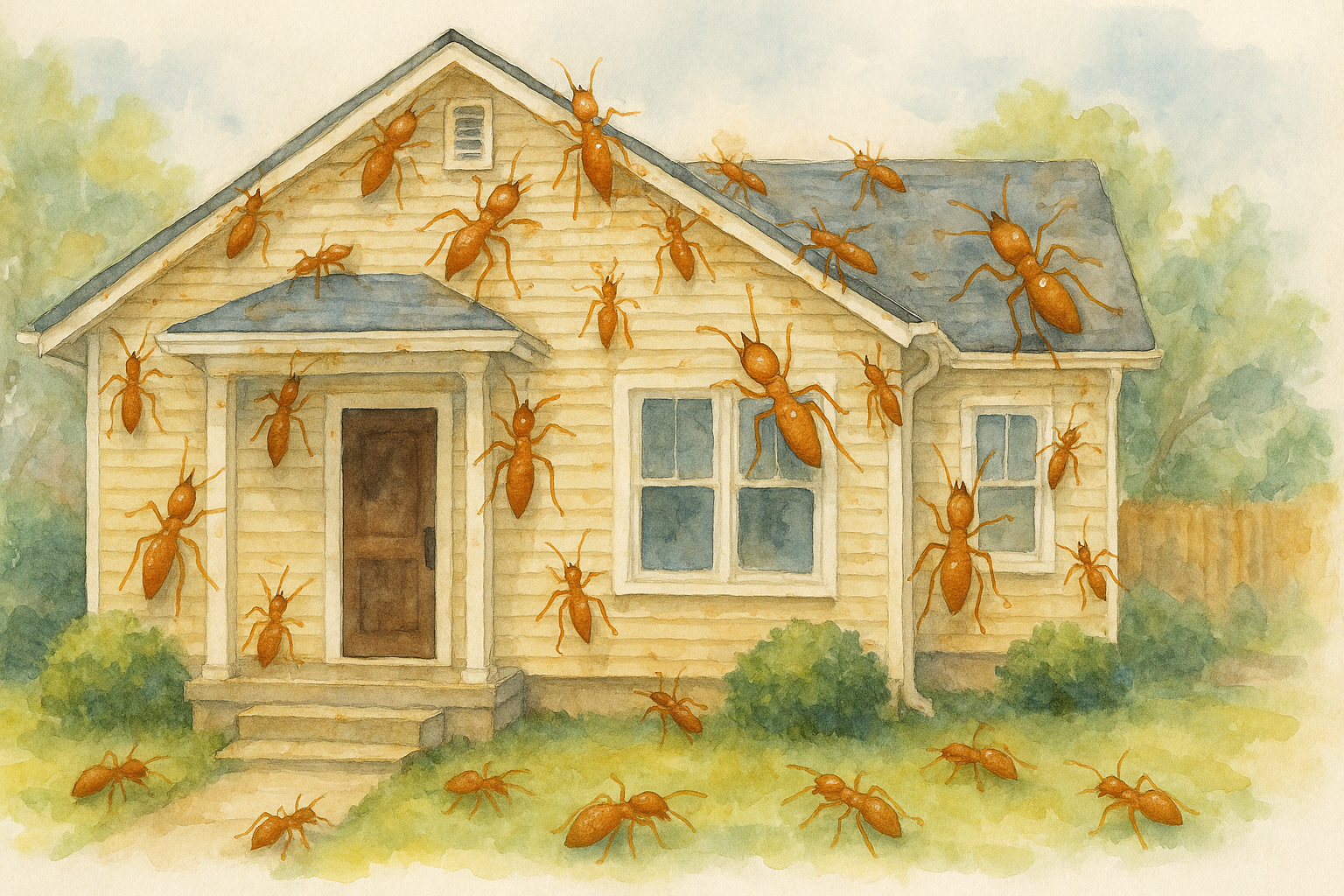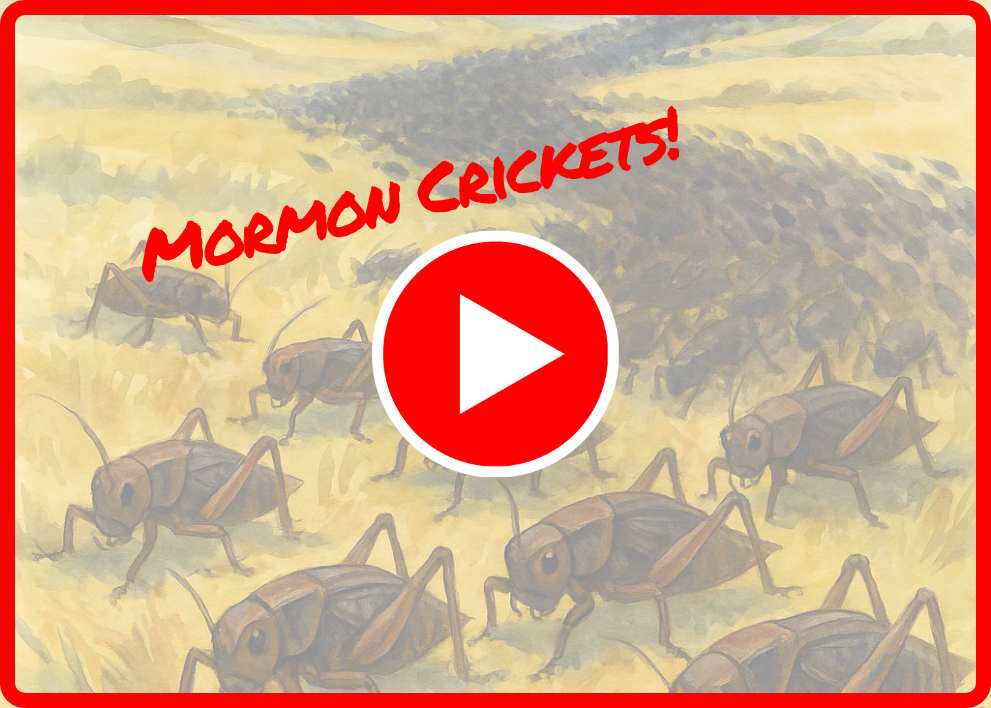Mormon crickets (Anabrus simplex) are notorious pests in Idaho and other parts of the western United States. While they don’t fly, they form massive migratory bands that can march across landscapes, causing significant damage to crops and gardens. Keeping these pests at bay requires a combination of preventive measures, habitat management, and sometimes professional pest control methods. Here are some of the most effective ways to prevent Mormon crickets from invading your property.
1. Physical Barriers
One of the simplest ways to keep Mormon crickets away from gardens and homes is to install physical barriers. Fencing and screens can prevent them from crossing into vulnerable areas. Some farmers and gardeners have found success by using metal or plastic barriers that the crickets can't easily scale. Installing a slick barrier, such as plastic sheeting or metal flashing, can help keep the insects from crossing into your yard or garden.
2. Remove Attractive Habitat
Mormon crickets are drawn to specific environmental conditions, particularly areas with abundant plant material and moisture. Reducing the amount of vegetation and organic debris around your property can help deter these pests. Regularly clear away weeds, tall grass, and piles of organic matter like compost or wood. This will not only reduce food sources but also eliminate potential nesting sites for crickets.
3. Utilize Biological Control
Several biological control methods have been explored to manage Mormon crickets. One promising method involves the use of natural pathogens like Metarhizium spp., a fungal biocontrol agent that has shown effectiveness in reducing Mormon cricket populations in laboratory and field studies (Keyser et al., 2017). The fungus infects and kills the crickets, reducing their numbers over time. While these biological agents are still being optimized for field use, they represent an environmentally friendly alternative to chemical pesticides.
4. Chemical Controls
If an infestation is severe, chemical insecticides may be necessary to protect crops and gardens. Carbaryl-based baits are often used to control Mormon crickets. However, chemical treatments should be applied with caution, especially in residential areas where children, pets, or wildlife might be affected. Additionally, broad-spectrum insecticides can negatively impact non-target organisms, including beneficial insects and birds that naturally prey on crickets (Macvean & Capinera, 1992).
5. Keep Areas Dry
Mormon crickets are attracted to moisture-rich environments, and controlling moisture levels around your home can help keep them at bay. Ensure that irrigation systems are not overwatering your garden or lawn, and eliminate any standing water. By maintaining dry conditions, especially during peak migration times, you can make your property less appealing to Mormon crickets.
6. Consult a Professional Pest Control Service
If the infestation becomes overwhelming, it may be time to call in a professional pest control service. Experts can assess the extent of the invasion and recommend targeted solutions. Professionals have access to more advanced control methods, including specialized treatments and barriers, that may not be available to the average homeowner. They can also ensure that any pesticide applications are done safely and in compliance with environmental regulations.
Conclusion
Mormon crickets can be a destructive force, particularly when they form large migratory bands. However, with a combination of physical barriers, habitat management, and potentially biological or chemical controls, you can protect your property from these pests. If the problem persists, seeking professional pest control services is a practical and effective solution to manage the infestation safely and thoroughly.
Works Cited
Keyser, C., Fernandes, É., Rangel, D., Foster, R., Jech, L., Reuter, K., Black, L. R., Jaronski, S., Flake, D., Evans, E., & Roberts, D. (2017). Laboratory bioassays and field-cage trials of Metarhizium spp. isolates with field-collected Mormon crickets (Anabrus simplex). BioControl, 62, 257-268. https://link.springer.com/article/10.1007/s10526-016-9782-8.
Macvean, C., & Capinera, J. (1992). Field evaluation of two microsporidian pathogens, an entomopathogenic nematode, and carbaryl for suppression of the Mormon cricket,
Anabrus simplex Hald.
Biological Control, 2, 59-65.
https://www.sciencedirect.com/science/article/abs/pii/104996449290076P?via%3Dihub.
Contact Today For $100 Off Your Initial Service!
⭐⭐⭐⭐⭐
Backed by our Bigfoot Guarantee!
What Customers Are Saying:
"Everyone from Bigfoot is awesome. They are always on time. They're extremely thorough. I've not had a single issue in the two years they have been treating our home. Well worth it!"
T. Potter | Meridian, ID
